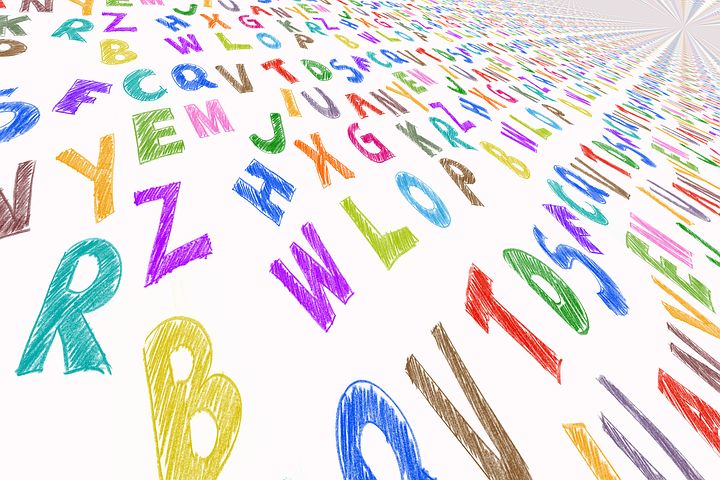In the Improv Class ESL activity, students improvise role plays from content prompts.
Setup
You can either get students to suggest content (locations/objects/emotions) for each role play, or select them randomly.
To select them randomly, you could prepare papers and pull them out of a hat. Or, if you have an Internet-connected device, just use our Improv Generator.
You can either reveal the content prompts to the audience at the start (by taking suggestions or projecting them on the board), or ask them to guess them at the end.
Activity
- In a random order, students are selected two at a time to do a role play. Try Musical Markers or our Random Number Generator for ways to select the next students. The two students stand at the front of class.
- Take suggestions or randomly generate a location (plus an object and/or emotion if appropriate) for the role play.The students at the front improvise a role play based on the content they are given.
- If required, the students watching guess the content prompt(s) that the actors were given.
- Repeat the process with different students at the front, as many times as desired.
Target Language
Use the Improv Class ESL activity to make traditional role play practice more fun. It allows students to be creative, and also means you don’t have to prepare situations beforehand! If your class enjoys this kind of activity it can make a really fun warmer.
For lower intermediate students the focus will often be on performing an appropriate interaction for a location, using accurate language. Use it to practise the language required in different places in the city, e.g. a bakery or restaurant. You could add objects to make things more interesting, e.g. a cake – the customer wants to order a birthday cake.
Alternatively, you could use the activity to practise emotions and feelings. In this case, only reveal the emotion prompt to the actors, who then act that emotion (without saying the word or its synonyms). The audience should then guess the vocabulary word the actors were trying to convey.
More advanced students should focus more on producing creative, different situations, and including humour as much as possible. Including random objects and feelings can help a lot with this, e.g. bakery, pencil, embarrassed – the customer complains that they found a pencil in a cake they bought and the baker is embarrassed.
Got a picture or video of this activity in action? How about snapping one next time you use it? We'd love to showcase your submissions- find out more here.

